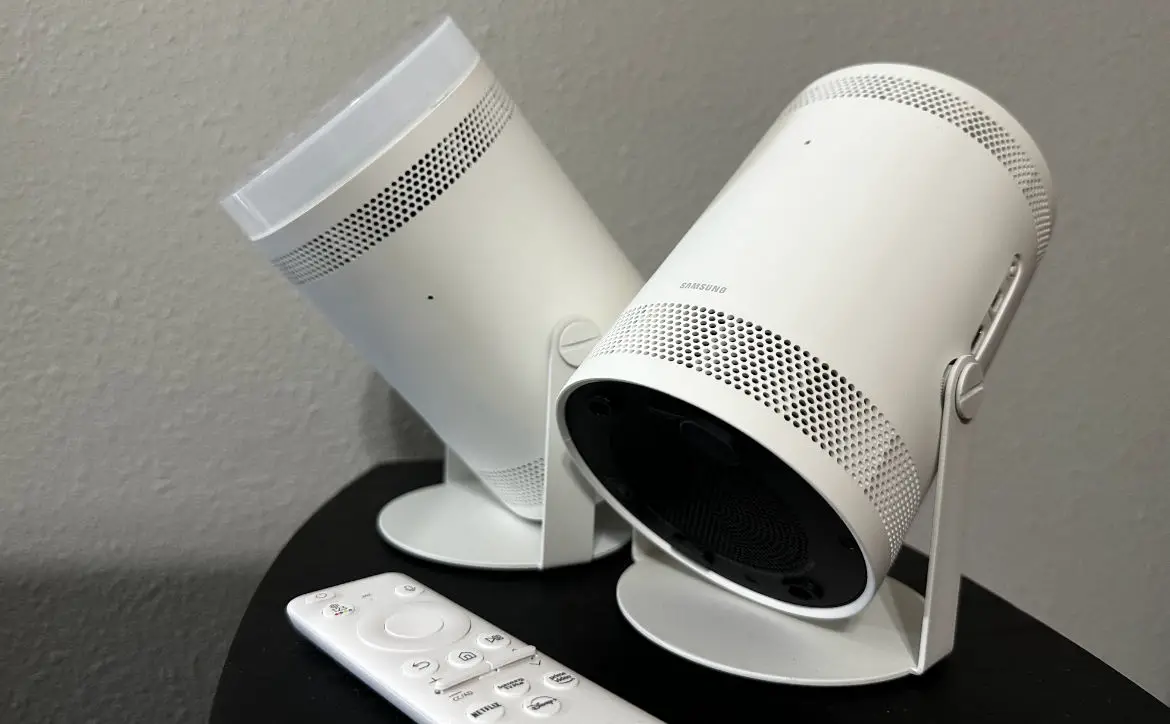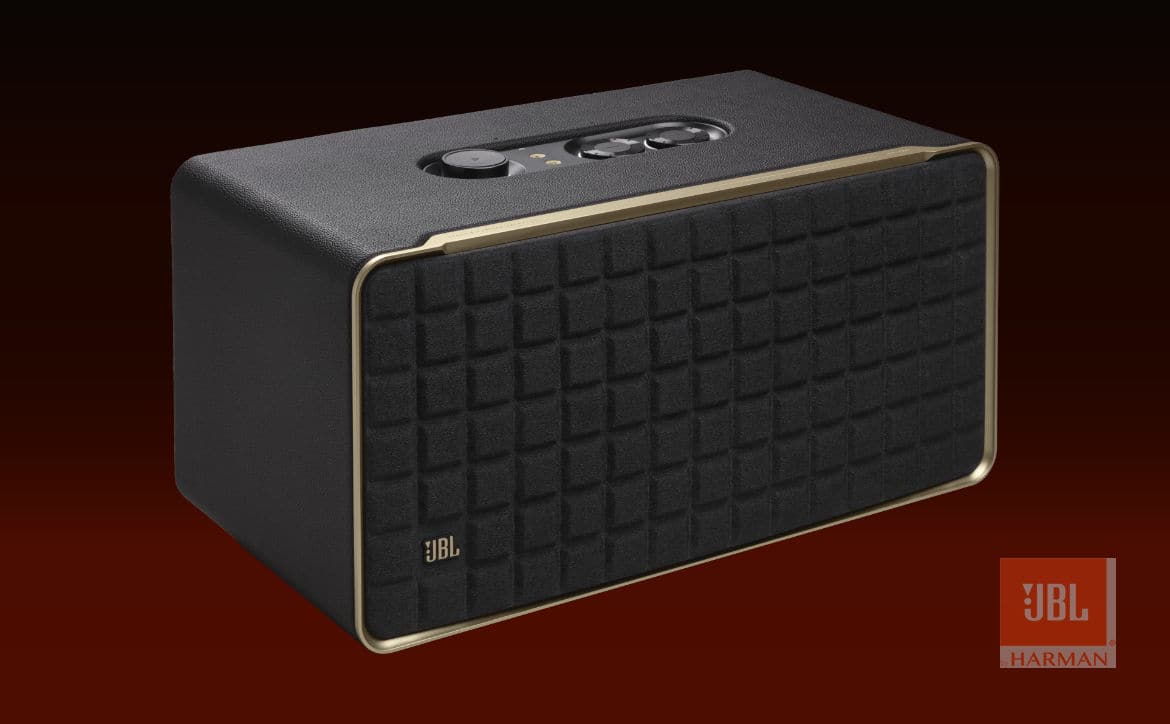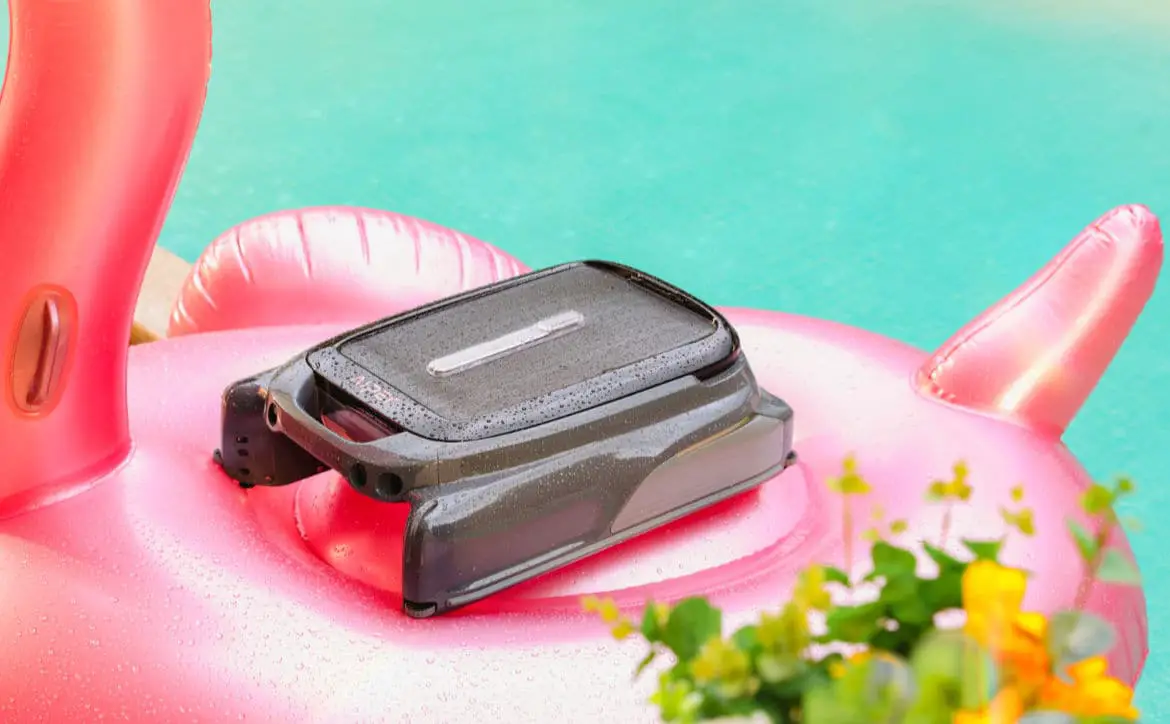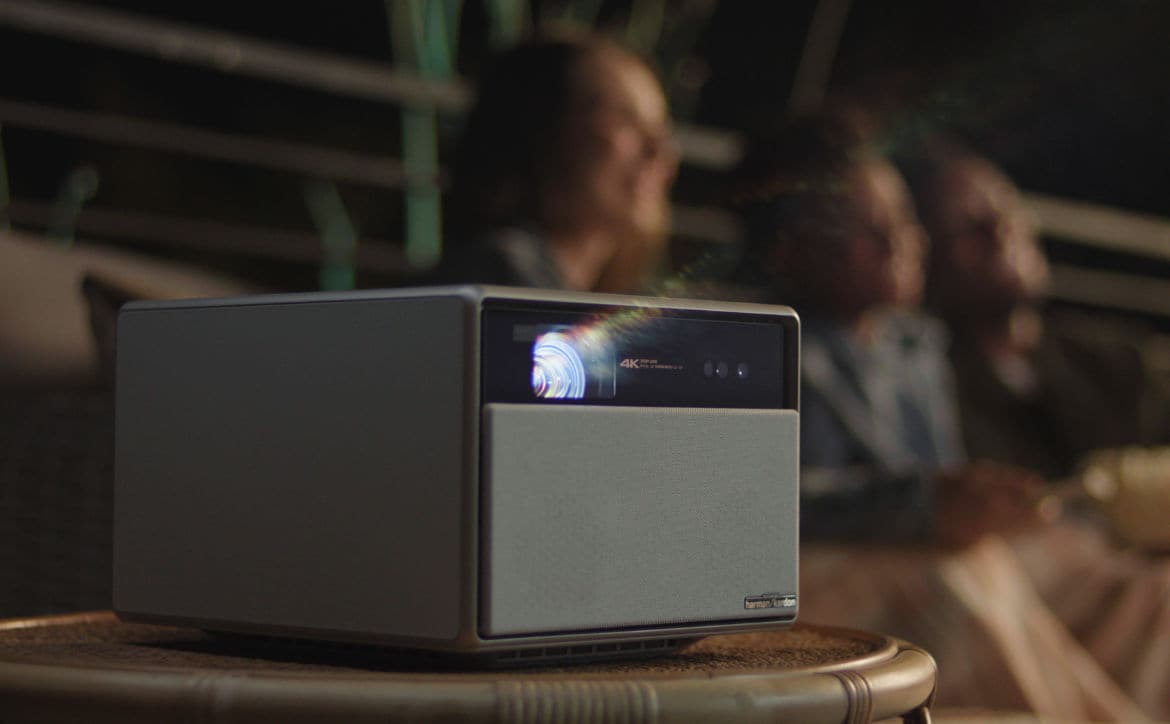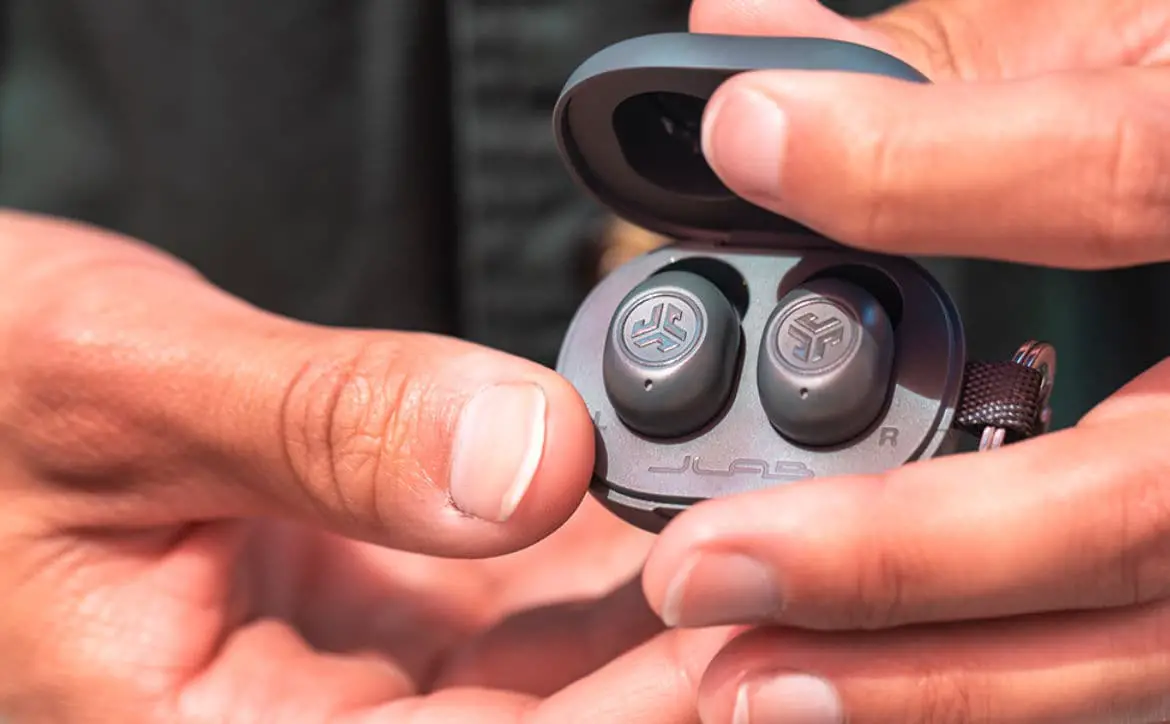It’s hard to imagine a time without digital music. Think of how often you stream songs throughout the day or download entire albums from your favorite artist. It should come as no surprise, then, that revenue for the digital music industry is expected to hit over $24,810 million this year.
Estimated reading time: 5 minutes
Interestingly, despite its popularity, digital music has seen a decline in sales over the last several years, starting around 2017. One possible reason for that is the uptick in the popularity of vinyl.
When most people think about vinyl records, the 2000s don’t typically come to mind. But, in recent years, there has been an incredible vinyl resurgence. In 2020, vinyl records outsold CDs for the first time. People like vinyl for a variety of reasons, whether they love the nostalgia or the look.
Even though vinyl might be “old fashioned,” it could be creating some new problems. Records that are traditionally made could be doing damage to the environment. The practices used to make them typically aren’t sustainable. But, can that change?
Can people still enjoy physical music media, including records, without having to worry about what kind of negative ecological footprint it’s causing?
The answer could rest in 3D printing.
With that in mind, let’s take a closer look at why records aren’t great for the planet and what’s being done to change the face of physical music to create a more sustainable future.
How is the Vinyl Revival Impacting the Planet?
Vinyl records are actually made of PVC. According to Greenpeace, it’s a type of plastic that truly stands alone in how harmful it is to the environment. Throughout its entire lifecycle, it is damaging to the planet. The production, use, and disposal all contribute to chlorine-heavy chemicals getting released into the air. With almost 30 million records sold in 2020, that’s a lot of PVC damage to consider.
The other problem with vinyl records is the way they’re made. Pressing plants are few and far between, causing orders to get bottlenecked and production to fall behind. To keep up, some pressing plants are running day and night. The process of creating a record is an environmentally messy one, filled with several steps and more chemicals than you can count.
The PVC used contains carcinogenic chemicals, which could directly impact the workers in the plant, but will have a longer-lasting impact on the planet.
One major issue when it comes to vinyl production is that many manufacturers and industry executives understand that records aren’t good for the environment. So, they try to ease people’s minds by greenwashing to make those who want to live a sustainable lifestyle feel better. They might promote that they use recycled sleeves or more eco-friendly practices. But, if the record is still made from vinyl, it still has many environmental problems. Greenwashing is used to make you think a problem is more sustainable than it is. So, don’t be afraid to do your research and shop sustainably.

The 3D Printing Movement
3D printing has seen a rise in popularity over the last several years. Some of the most popular industries that regularly utilize it include:
- Automobiles
- Jewelry
- Onshoring
- Space
- Eyewear
- Fashion
Now, the music industry is joining the list. While the popularity of 3D record printing isn’t anywhere near vinyl, it is making a name for itself thanks to its sustainability and uniqueness. 3D printing is being used in other industries to solve problems. It’s even been used in medicine to craft an organ for a transplant patient. It’s crazy to think that something that can perform such a miracle can also print your next Billie Eilish album, but it’s true. It’s solving the problem of music and sustainability.
A 3D printer for “vinyl” records has already been created, and records are already being produced. The audio quality isn’t the same as a traditional vinyl record, but it’s also the first step toward a more sustainable future in music. 3D printers have already been used to make instruments, so why not actual records? If they can improve upon the quality, the possibilities could truly be endless when it comes to creating a new era of records for the next generation to listen to.
How to Be a More Sustainable Music Lover
The music industry, like many others, is moving toward sustainability. Some artists are doing it because of their social responsibility. Others are on board because they know it’s what their audience wants.
Whatever the case, it’s up to you, personally, to make more sustainable choices when you’re choosing how to consume your music. Obviously, digital is one of the best options since it leaves little-to-no carbon footprint – except for the electricity needed to charge your phone. Other ways you can be more sustainable as a music lover include:
- Buying sustainable/eco-friendly merch from bands
- Promoting musicians that actively care for the environment
- Purchasing old or used records/CDs instead of new ones
- Waiting until your favorite artists get close to your town to see them on tour
- Selling your old records/CDs rather than throwing them away
- Repurposing records that are scratched or damaged
Everyone loves some type of music. Whether you’re into New Age or Classic Rock or something in-between, making a conscious effort to be more sustainable with your listening habits can change the way the industry works.
As this generation continues to understand the importance of sustainability and businesses that support the planet, things will keep changing. Consumers will demand more sustainable products, including the music they consume. Thankfully, help is on the horizon when it comes to 3D printing. If they can create an organ from a printer, it won’t be long before they can create a record that sounds just as good as the original. In the meantime, listen to what you already have, try going digital, and take comfort in knowing the music you’re listening to isn’t causing the planet to rock and roll.
What do you think? Please share your thoughts on any of the social media pages listed below. You can also comment on our MeWe page by joining the MeWe social network.
Last Updated on July 15, 2021.





